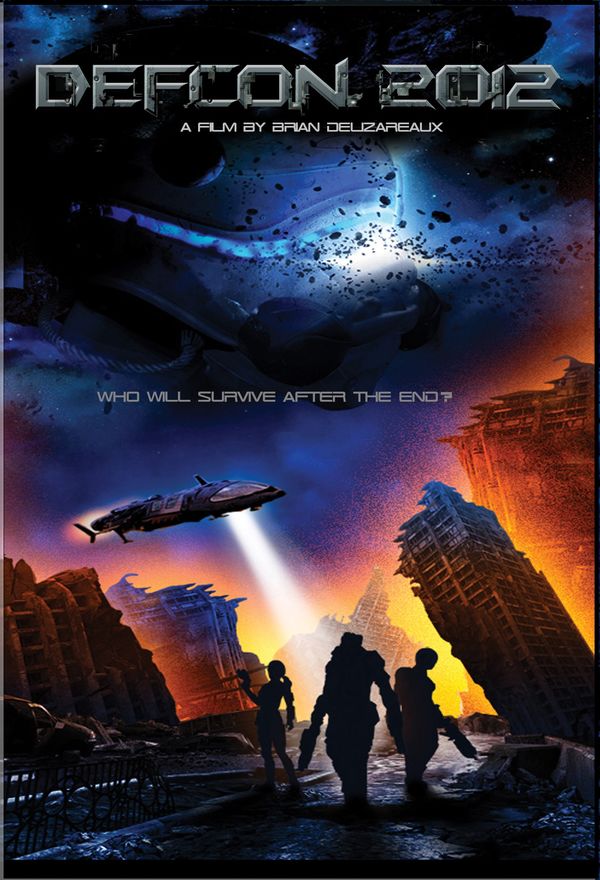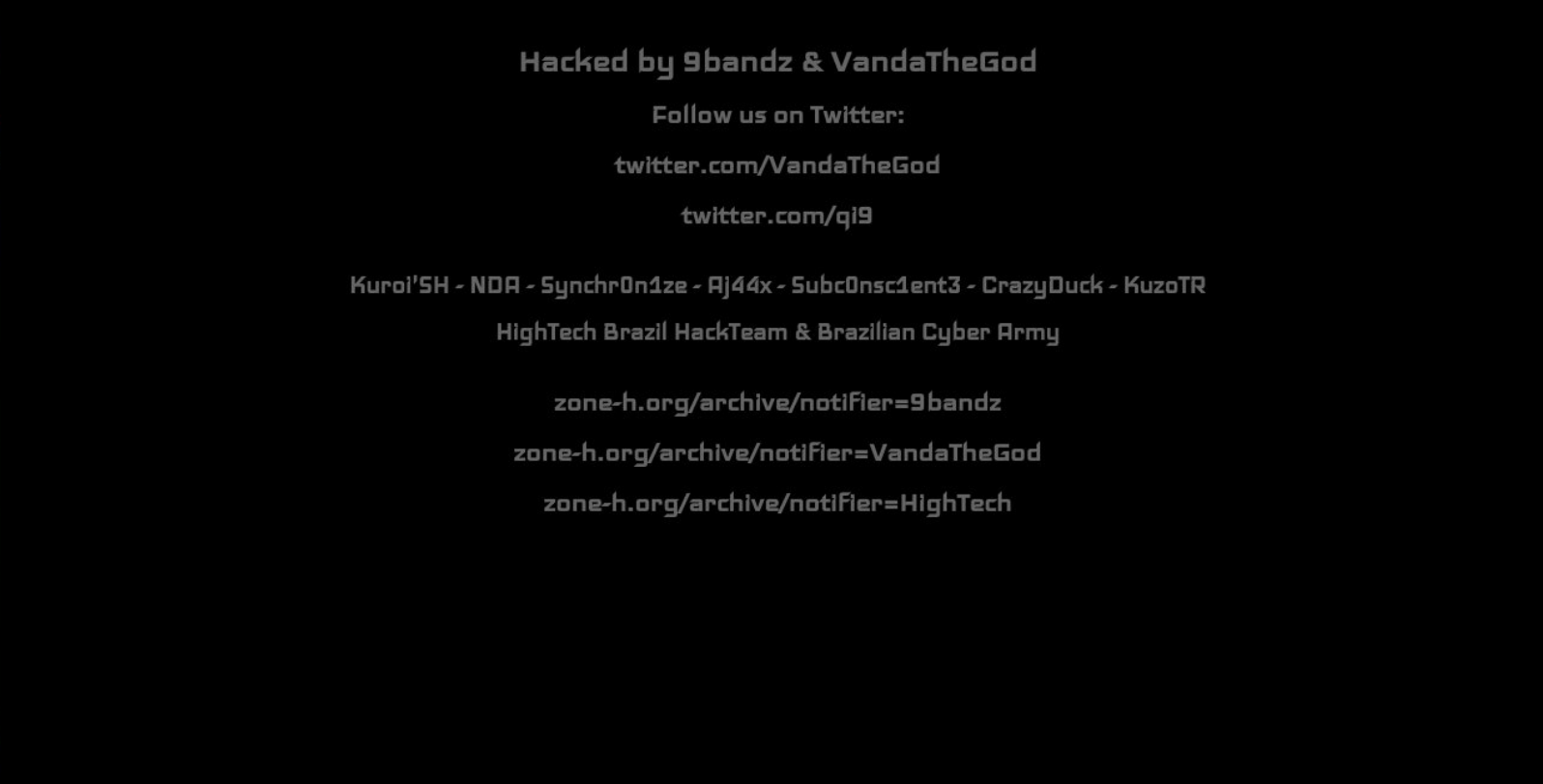
SharePoint is the most well-known CMS used to share and manage content within organizations simplifying team collaboration.

Several high impact vulnerabilities (including CVE-2021-24072, CVE-2020-17120, and CVE-2020-17017) will be discussed detailing their discovery and exploitation. From an offensive perspective, it will reveal several attack surfaces, mitigations implemented against them, and how those mitigations can be bypassed. The presentation, by Sangfor BlueOps members Yuhao Weng and Zhiniang Peng, with security researcher Steven Seeley, selected from thousands submitted to DEFCON, will explain the security architecture of Microsoft SharePoint's server and how it differs from other popular Content Management System (CMS) products. The exploits will be demonstrated during the 45-minute presentation. The Sixth Fleet resumed its normal DEFCON status on 17 November 1973.Sangfor Technologies is proud to announce their presentation – Don't Dare to Exploit - An Attack Surface Tour of SharePoint Server – at DEFCON 29 in Las Vegas on August 7, 2021, outlining several previously unknown SharePoint attack surfaces, mitigations to these attack surfaces, and how these mitigations can be bypassed. On 31 October USEUCOM (less the Sixth Fleet) went off DEFCON III status. On 26 October, CINCSAC and CINCONAD reverted to normal DEFCON status. forces went on Defense Condition (DEFCON) III alert status, as possible intervention by the Soviet Union was feared. On 6 October 1973 Egyptian and Syrian forces launched a surprise attack on Israel. On 15 November 1965 the day Strategic Air Command (SAC) postured down to defense condition (DEFCON) III. Tension grew and the next day SAC declared DEFCON II, a heightened state of alert, ready to strike targets within the Soviet Union.

On 22 October 1962 SAC responded by establishing Defense Condition Three (DEFCON III), and ordered B-52s on airborne alert.

It indicates that attack upon the continental United States, Canada, or US installations in Greenland by hostile aircraft or missiles is considered probable, is imminent, or is taking place.ĭuring the Cuban Missile Crisis, the US Strategic Air Command was placed on DEFCON 2 for the first time in history, while the rest of US military commands (with the exception of the US Air Forces in Europe) went on DEFCON 3. forces overseas, or allied forces in any area, and is confirmed either by the commander of a unified or specified command or higher authority or an overt attack of any type is made upon the United States and is confirmed by the commander of a unified or specified command or higher authority.ĪIR DEFENSE EMERGENCY: Air defense emergency is an emergency condition, declared by the Commander in Chief, North American Aerospace Defense Command. By definition, other forces go to DEFCON 1 during an EMERGCON.ĭEFENSE EMERGENCY: Major attack upon U.S. In general terms, these are descriptions of DEFCONs:ĭEFCON 4 Normal, increased intelligence and strengthened security measuresĭEFCON 3 Increase in force readiness above normal readinessĭEFCON 2 Further Increase in force readiness, but less than maximum readinessĮMERGCONs are national level reactions in response to ICBM (missiles in the air) attack. DEFCONs are graduated to match situations of varying military severity, and are numbered 5,4,3,2, and 1 as appropriate.ĭEFCONs are phased increases in combat readiness. The 7 LERTCONs are broken down into 5 Defense Conditions (DEFCONs) and 2 Emergency Conditions (EMERGCONs).ĭefense readiness conditions (DEFCONs) describe progressive alert postures primarily for use between the Joint Chiefs of Staff and the commanders of unified commands.
Defcon 2021 date series#
In the event of a national emergency, a series of seven different alert Conditions (LERTCONs) can be called.

DEFCON DEFense CONdition - United States Nuclear Forces FAS |


 0 kommentar(er)
0 kommentar(er)
